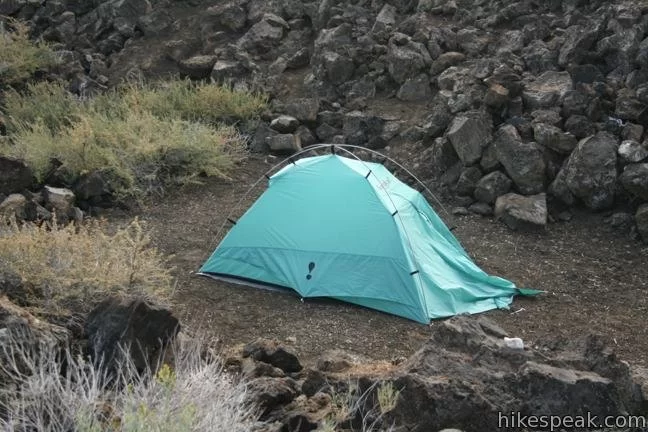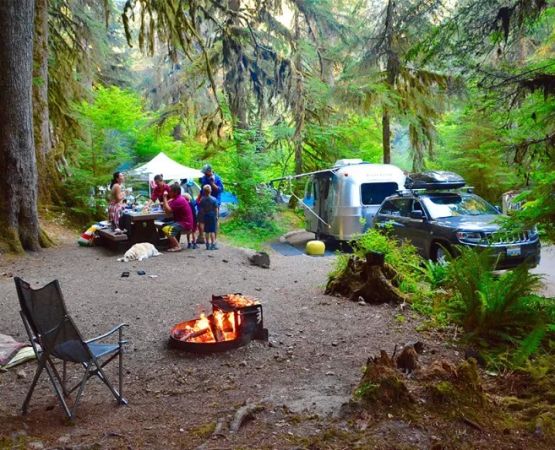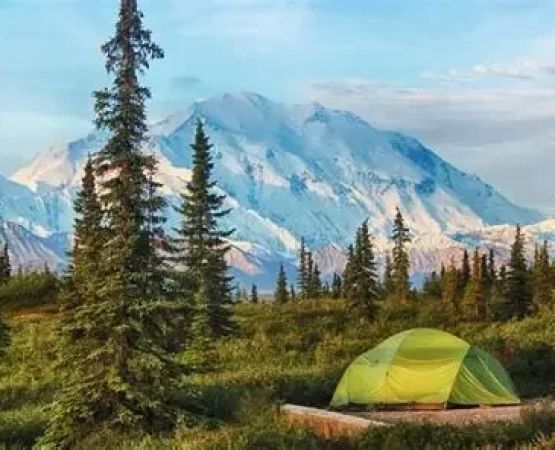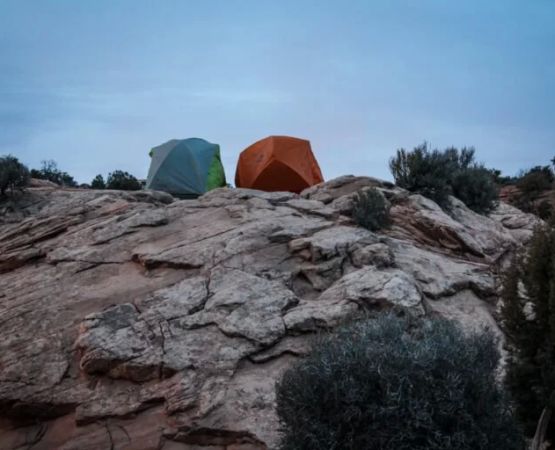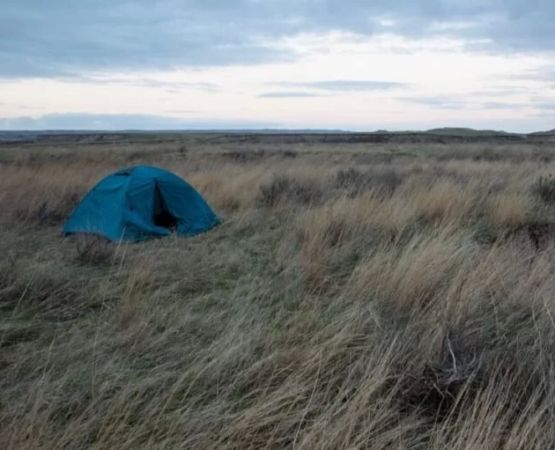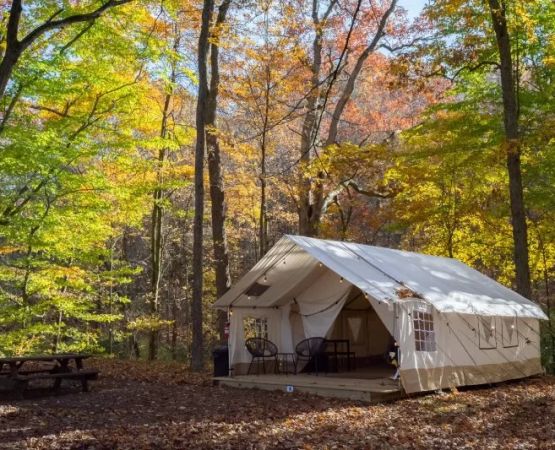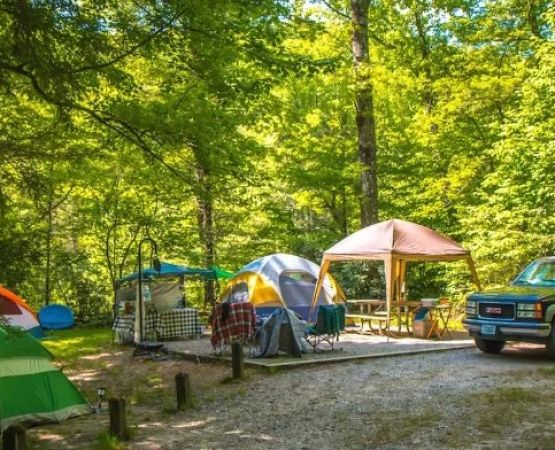- 1 - Understanding the Adventure of Camping Near Lava Flows
- 2 - Choosing Safe Locations for Lava Flow Camping
- 3 - Essential Gear and Preparation for Volcanic Terrain
- 4 - Safety Guidelines and Local Regulations
- 5 - Real Stories and Experiences from Lava Field Campers
- 6 - Where to Plan Your Next Lava Flow Camping Trip
1. Understanding the Adventure of Camping Near Lava Flows
There’s something primal and breathtaking about camping near lava flows — the raw power of the Earth on full display. For many outdoor enthusiasts, this isn’t just another weekend getaway; it’s an unforgettable journey into the heart of geological wonder. Watching glowing rivers of molten rock move across a darkened landscape under a starry sky feels both surreal and humbling. However, this kind of adventure requires preparation, awareness, and respect for nature’s unpredictable side.
Unlike traditional camping in forests or mountains, lava flow camping introduces unique environmental and safety considerations. The terrain is rugged, heat levels can be extreme, and conditions can change quickly. But for those who crave an adventure that few ever experience, the reward is unparalleled — a front-row seat to the Earth’s most dynamic natural process.
2. Choosing Safe Locations for Lava Flow Camping
Not every volcanic area is suitable for camping, and not all lava flows are active or safe to approach. The first step in planning your trip is choosing a legal and safe area. In the United States, Hawaii’s Big Island and parts of the Pacific Northwest are known for their volcanic landscapes. Hawaii Volcanoes National Park, for instance, offers designated observation zones where visitors can witness lava activity from a safe distance.
Always consult official park authorities or geological services before setting up camp. Avoid restricted or recently active zones, as new vents can open suddenly. Look for campgrounds situated on stable ground, away from sulfur vents and unstable rock formations. Local ranger stations are invaluable resources for up-to-date information about volcanic activity and safe distances.
If you’re unsure where to start, Pine Cliff Resort provides curated adventure planning tools and recommendations to help travelers find safe, scenic, and unforgettable camping destinations near volcanic sites.
3. Essential Gear and Preparation for Volcanic Terrain
Camping near lava flows demands more than just a tent and sleeping bag. The terrain can be rough and abrasive, so gear durability matters. Opt for heat-resistant tent stakes, thick-soled boots, and sleeping pads that insulate against the ground’s residual warmth. A headlamp or lantern is essential — not only for visibility but for safety when navigating uneven surfaces after sunset.
Since volcanic regions often lack fresh water sources, carry enough hydration for your entire stay. Lightweight, reflective clothing helps manage temperature fluctuations between day and night. A portable gas stove is safer than an open fire, as embers can ignite dry areas around lava rock fields. Finally, pack a basic first-aid kit, protective gloves, and an emergency evacuation plan in case conditions change.
Many travelers recommend using compact, high-quality camping gear available through Pine Cliff Resort, which specializes in outdoor essentials designed for rugged environments like volcanic and desert terrain.
4. Safety Guidelines and Local Regulations
Camping near lava flows isn’t about getting as close as possible — it’s about staying smart and safe. Respect local regulations, which are often based on real-time geological monitoring. Rangers and scientists carefully track lava activity, gas emissions, and seismic movement. Ignoring posted warnings can lead to severe injury or worse.
Key safety tips include maintaining a minimum distance of 1,500 feet from active lava, wearing a mask in areas with sulfur gas, and checking for wind direction changes. Avoid walking on freshly cooled lava — it may appear solid but could conceal dangerous air pockets or thin crusts. Many experienced campers also recommend carrying a GPS beacon or satellite communicator since cell coverage can be unreliable in remote areas.
Authorities may close areas suddenly due to increased activity. Always be flexible with your plans and ready to relocate if conditions shift. The best adventurers are those who prioritize respect for nature’s immense power over thrill-seeking proximity.
5. Real Stories and Experiences from Lava Field Campers
One of the most famous lava camping experiences comes from an adventure group in Hawaii in 2018. As Kilauea erupted, they camped safely miles away on an elevated ridge. The group described the glow of the lava against the night sky as “the closest thing to witnessing Earth’s heartbeat.” They followed strict safety rules and worked closely with park authorities — proving that with proper preparation, even extreme adventures can be safe and awe-inspiring.
Another traveler from Oregon shared how camping near the remains of an ancient lava flow gave them a new appreciation for geological time. “You realize how young we are compared to the planet,” they said. These stories remind us that camping near lava flows isn’t just about the thrill — it’s about connection, humility, and experiencing Earth’s raw beauty responsibly.
6. Where to Plan Your Next Lava Flow Camping Trip
For those ready to embark on their own volcanic adventure, destinations like Hawaii’s Big Island, Craters of the Moon National Monument in Idaho, and Lassen Volcanic National Park in California offer unique opportunities to witness lava fields safely. Each location has designated areas for campers, guided tours, and local services tailored for volcanic exploration.
Before you go, research seasonal weather, activity alerts, and access routes. Many travelers combine their trip with other natural attractions nearby — waterfalls, hot springs, or stargazing spots that enhance the overall experience. Whether you’re a solo adventurer or part of a guided expedition, preparation and mindfulness are your greatest tools.
And when planning your trip or outfitting your campsite, Pine Cliff Resort is your trusted partner for reliable gear, destination advice, and curated outdoor experiences built for true explorers who respect nature’s power and beauty.

